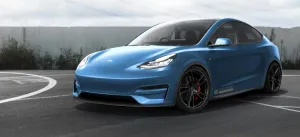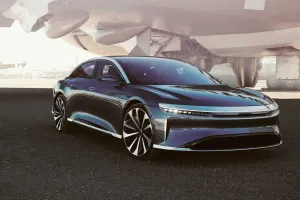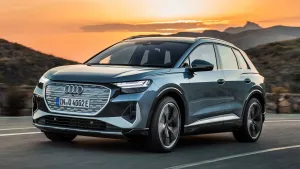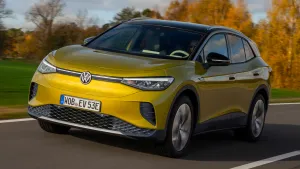The Tesla Model 3 and Tesla Model Y are some of the most talked-about electric vehicles on the market today. These models stand out for their combination of cutting-edge technology, impressive performance, and distinctive design. This comparison will explore several aspects of these vehicles, providing insights for electric vehicle enthusiasts and potential buyers.
Pricing and Trim Levels: Tesla Model 3 vs Tesla Model Y
Pricing and trim levels are crucial considerations when choosing an electric vehicle. They affect affordability and the features included with each model.
-
💰 Base Model Pricing: The Tesla Model 3 starts at approximately $40,240 with features like standard range and rear-wheel drive. Meanwhile, the Tesla Model Y starts around $48,490, offering a larger size and all-wheel-drive as standard.
-
🚀 Performance Trims: The Model 3 Performance trim offers a 0-60 mph time of 3.1 seconds, while the Model Y Performance trim achieves it in 3.5 seconds. The Model Y also features a higher seating position and additional cargo space.
Design and Exterior Features: Tesla Model 3 vs Tesla Model Y
Design and exterior features influence an EV's visual appeal and functionality, enhancing both form and function.
-
🎨 Aerodynamic Design: The Model 3's sleeker, sedan-like shape offers lower drag, improving efficiency. The Model Y, with its SUV stance, provides more interior space but slightly higher drag.
-
💡 Lighting and Aesthetics: Both models feature LED headlights with adaptive capabilities, enhancing nighttime visibility. The Model Y’s larger footprint gives it a more commanding road presence.
-
🚪 Unique Features: The Model Y includes a panoramic glass roof that enhances the cabin's spacious feel. The Model 3's simpler design is balanced by its minimalist elegance.
-
📏 Exterior Dimensions: The Model Y is taller and wider, providing more cabin space and cargo capacity, while the Model 3 maintains a compact footprint, suitable for urban environments.
Interior and Cabin Space: Tesla Model 3 vs Tesla Model Y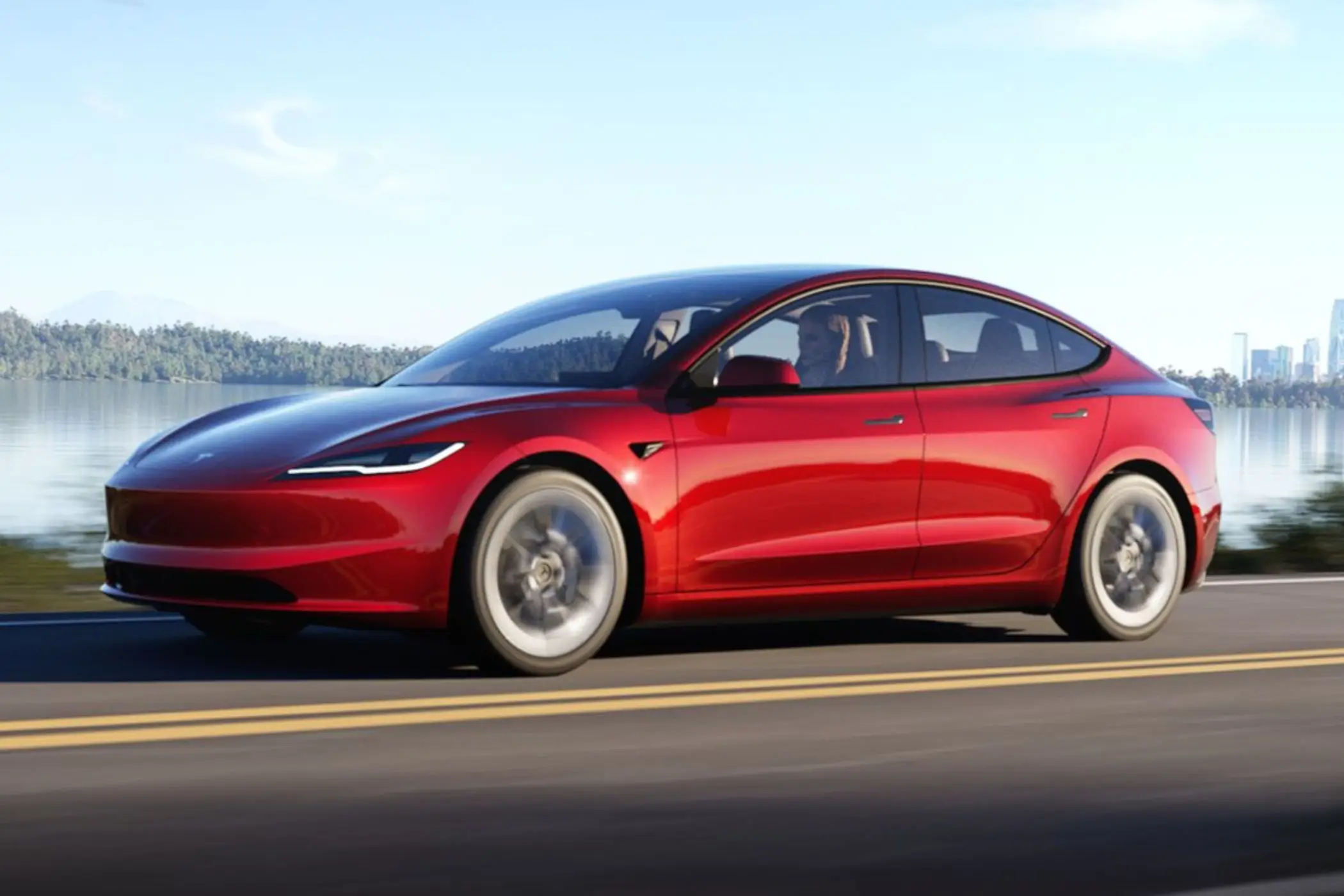
Interior comfort and space are key factors influencing an EV's appeal for daily use and long trips.
-
🪑 Seating and Comfort: The Model 3 seats five comfortably, while the Model Y can accommodate up to seven with an optional third-row seat.
-
📱 Technology Integration: Both models feature the same 15-inch touchscreen interface, with the Model Y offering slightly higher seating for a better viewing angle.
-
🧳 Storage and Utility: The Model Y provides up to 68 cubic feet of storage space with the seats down, significantly more than the Model 3's 15 cubic feet.
Performance and Acceleration: Tesla Model 3 vs Tesla Model Y
Performance and acceleration are major draws for electric vehicle enthusiasts, emphasizing the power and efficiency of EVs.
-
⚡ Acceleration and Speed: The Model 3 accelerates from 0-60 mph in as little as 3.1 seconds, slightly faster than the Model Y's 3.5 seconds.
-
🛞 Handling and Drive Modes: Both models offer agile handling and adaptable drive modes, with the Model 3 being more nimble due to its lower center of gravity.
Range and Battery Options: Tesla Model 3 vs Tesla Model Y
Range and battery options are paramount for potential EV owners concerned about long-distance travel.
-
🔋 Battery Options: The Model 3 offers a Long Range battery with over 350 miles per charge, while the Model Y offers a similar Long Range option with around 330 miles.
-
🌍 Real-World Range: Both models perform exceptionally well in real-world scenarios, maintaining close to advertised range even in diverse driving conditions.
Technology and Safety Features: Tesla Model 3 vs Tesla Model Y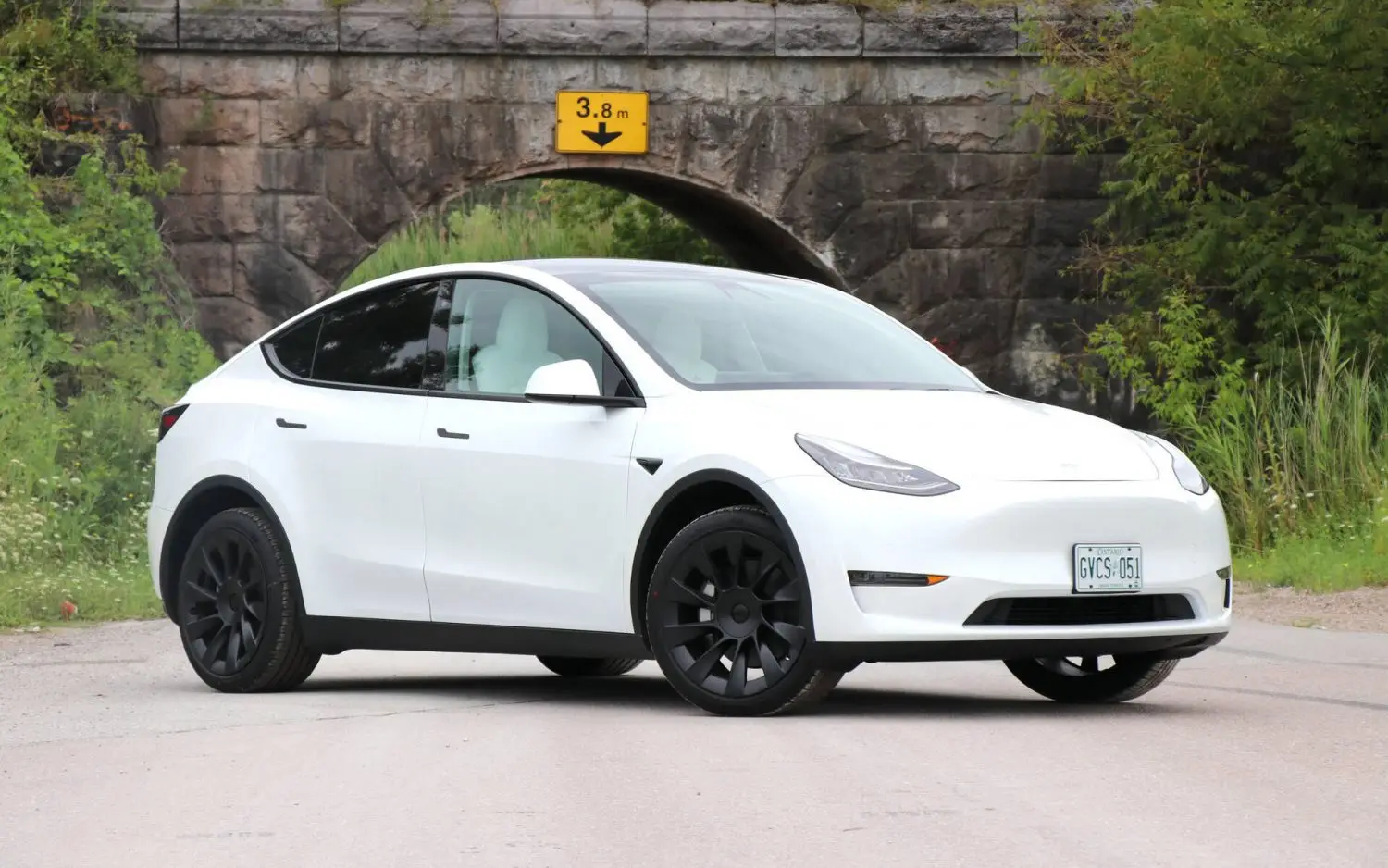
Technology and safety features are crucial for enhancing driving experience and occupant protection.
-
🤖 Driver Assistance Features: Both models have Tesla’s Autopilot, offering advanced lane-keeping and adaptive cruise control.
-
🚘 Full Self-Driving (FSD): Both the Model 3 and Model Y are available with FSD, promising future updates for autonomous capabilities.
-
🛡️ Active Safety Features: Standard features include collision avoidance and emergency braking in both models.
-
⭐ Crash Test Ratings: The Model 3 and Model Y have earned top safety ratings from NHTSA, affirming their robust build quality.
Charging Options and Infrastructure: Tesla Model 3 vs Tesla Model Y
Charging options and infrastructure define the day-to-day convenience of owning an electric vehicle.
-
⚡ Home Charging: Both models support various home charging setups, including Tesla’s Wall Connector for faster home charging.
-
🌍 Public Charging Networks: Both models have access to Tesla’s expansive Supercharger network, ensuring quick recharge times on the go.
Charging Speed: Tesla Model 3 vs Tesla Model Y
Charging speed can significantly impact the convenience of using an EV for long trips.
-
⚡ Home Charging Speed: Both models can gain up to 44 miles of range per hour with a Tesla Wall Connector.
-
🌍 Fast Charging Speed: The Supercharger network allows up to 200 miles of charge in about 15 minutes for both models.
-
🛠️ Third-Party Chargers: Both are compatible with third-party chargers, though Superchargers provide the fastest charging rates.
Customization Options: Tesla Model 3 vs Tesla Model Y
Customization options allow for personalization, making the vehicle unique to your taste.
-
🎨 Exterior Colors: Both models offer a range of colors, including Pearl White, Solid Black, and Deep Blue.
-
🛞 Wheel Designs: Wheel options vary from sporty to premium, with performance variants offering larger, more aggressive designs.
-
🪑 Interior Trims: Both cars provide options for premium materials and color schemes, from black to white interiors.
Conclusion: Tesla Model 3 vs Tesla Model Y
In comparing the Tesla Model 3 and Model Y, each model offers distinct advantages and considerations:
-
✅ Strengths of Each Model: The Model 3 excels in performance and pricing for a compact sedan, while the Model Y provides greater space and versatility for families.
-
❌ Considerations: The Model 3's lower cargo capacity might limit utility, while the Model Y's higher price and size may not suit all budgets or urban environments.

